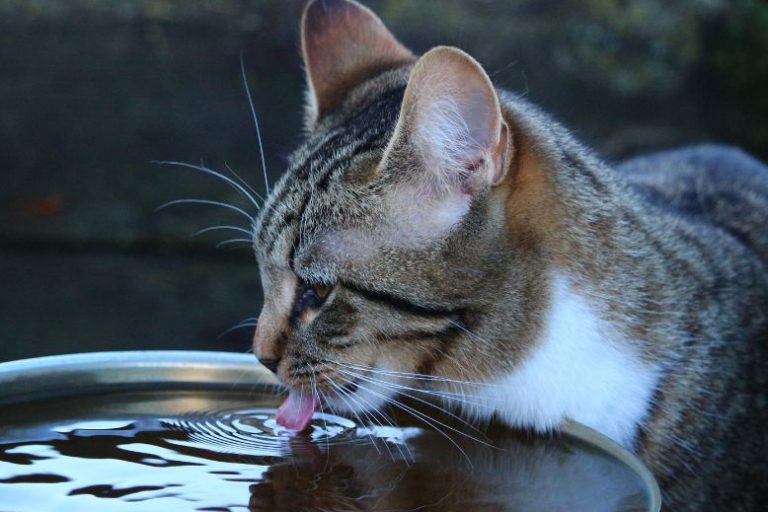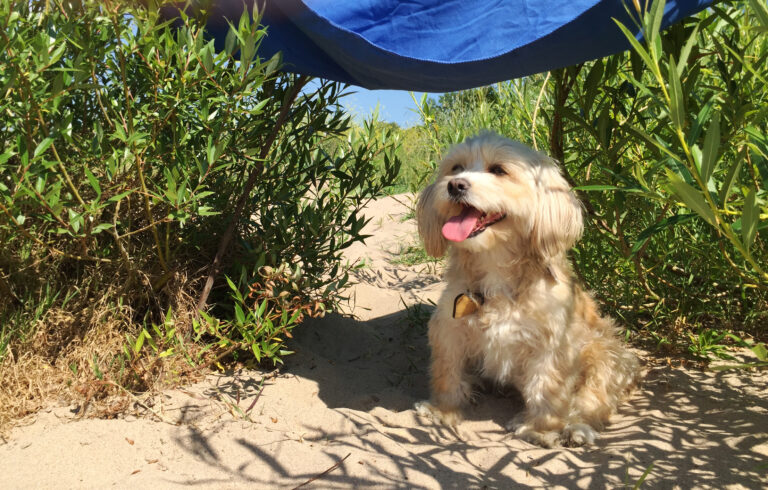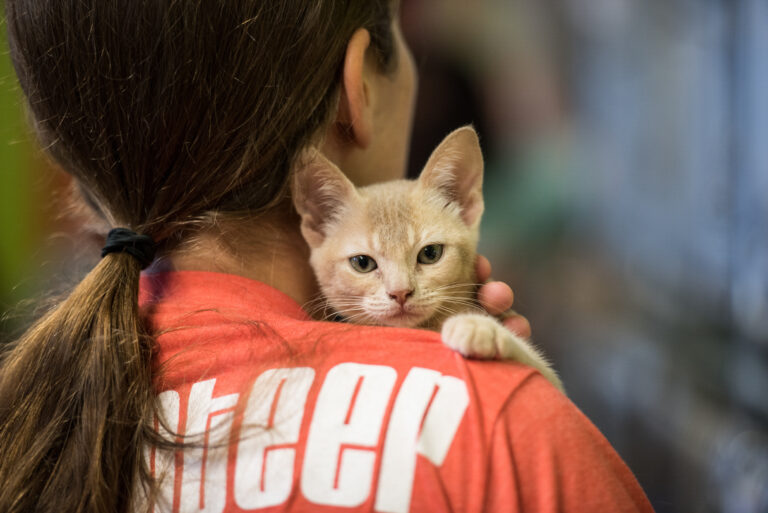As spring unfolds and temperatures begin to climb, keeping your cat properly hydrated becomes more important than ever. Unlike dogs, cats aren’t naturally big drinkers—a trait inherited from their desert-dwelling ancestors. They often get much of their moisture from food, but warmer weather brings added risks like dehydration and urinary issues that can make fluid intake absolutely essential.
If your feline friend tends to ignore their water bowl, you’re not alone. Thankfully, there are clever and simple ways to encourage your cat to drink more water. Here are the most effective hydration hacks for cats, especially useful as the temperature rises and their need for fluids increases.
Table of Contents
Why Hydration Matters More in Warm Weather
As it gets warmer, cats are more prone to fluid loss through panting, grooming, and activity. Dehydration in cats can lead to issues like urinary tract infections, kidney problems, and constipation—especially in older cats or those on dry food diets. Subtle signs of dehydration include dry gums, lethargy, sunken eyes, and decreased skin elasticity.
Because cats don’t have a strong thirst drive, they may not seek water even when they need it. That’s why it’s important for cat parents to take proactive steps to make drinking water more appealing.
Switch to Wet or Moist Food
The easiest way to increase hydration is by changing how your cat eats. Wet food contains 70–80% water, making it a naturally hydrating option. If your cat is a dry food devotee, consider:
- Mixing wet food into their usual kibble
- Transitioning to a high-quality canned or fresh diet
- Adding a spoonful of water or low-sodium broth to meals
Even a partial shift to wet food can significantly improve hydration without changing your cat’s routine too much.
Offer a Cat Water Fountain
Cats prefer moving water. In the wild, running water is often safer and fresher than stagnant puddles, and that instinct carries into the home. Cat water fountains mimic that natural flow and can greatly increase drinking frequency.
The gentle bubbling or trickling of a fountain catches a cat’s attention and often encourages them to explore and sip. Plus, most fountains filter the water, keeping it cleaner and more oxygenated, which is an added bonus for picky cats.
Provide Multiple Water Stations
Cats like to have options—and where you place their water bowls matters. Avoid putting water next to food dishes or litter boxes, as cats may avoid drinking if they sense contamination.
Instead, place several water bowls around your home in quiet, low-traffic areas. Try different materials like ceramic, stainless steel, or glass to see which your cat prefers. Wider, shallow bowls are often favored, as they don’t irritate a cat’s sensitive whiskers.
Add Flavor (Safely)
If plain water just isn’t cutting it, you can make it more enticing by adding a splash of tuna water (from tuna in water, not oil) or low-sodium chicken broth. These subtle flavors can encourage cats to investigate and sip.
Just be sure to avoid anything with onions, garlic, or artificial flavorings, as these can be toxic to cats. You can also freeze the flavored water into ice cubes and add them to their dish for a cooling treat.
Offer Ice Cubes as a Game
Some cats love batting around ice cubes, especially when it’s warm out. This playful behavior can actually lead to increased licking and water intake as the ice melts. Try dropping an ice cube or two into their water dish, or placing a few on a tray as enrichment.
You can also freeze broth or wet food into cubes and serve them as “hydration snacks” during hot afternoons.
Monitor Intake and Look for Clues
Pay attention to how much your cat drinks, especially during heatwaves. If you’re unsure whether they’re getting enough fluids, you can:
- Check litter box output—smaller, darker clumps may indicate dehydration
- Use a cat water tracking bowl that measures intake
- Weigh your cat regularly, as sudden drops may signal a hydration issue
If your cat continues to drink very little or shows signs of dehydration, consult your veterinarian promptly.
In Conclusion

Hydration is a silent cornerstone of feline health—especially in spring and summer when the risk of dehydration rises. With just a few thoughtful changes, you can turn drinking water from a chore into something your cat actively enjoys. Whether it’s switching to wet food, installing a fountain, or offering playful ice cubes, these hydration hacks can make a lasting difference in your cat’s comfort and wellbeing.
By staying proactive and observant, you can ensure your cat enters the warmer months refreshed, hydrated, and ready to bask in every sunbeam they can find.







